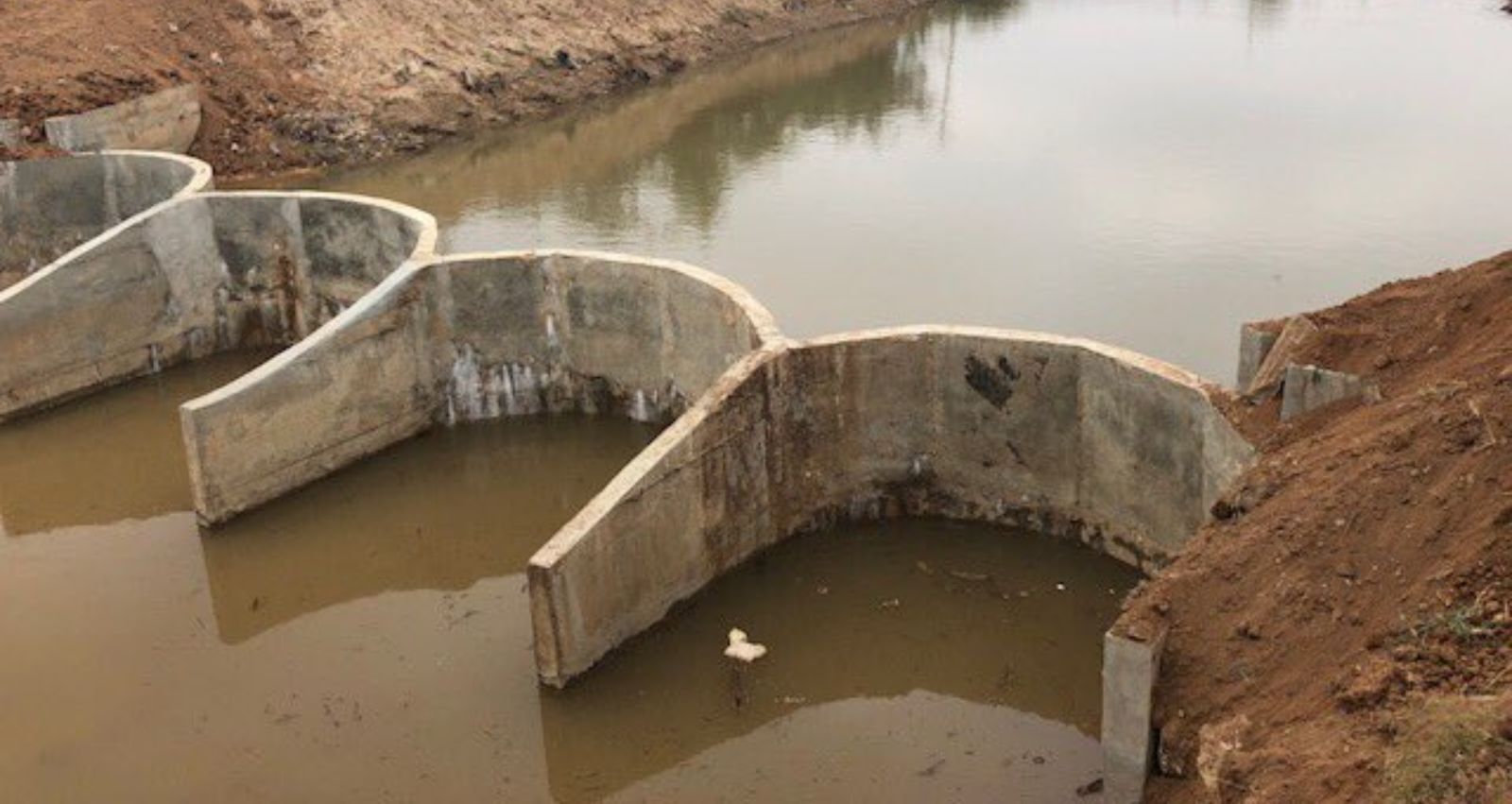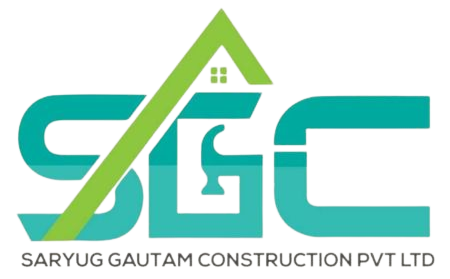
Construction Of Dams
The construction of a check dam is a crucial project that plays a pivotal role in water resource management and environmental conservation. Check dams are structures built across rivers or streams to control erosion, store water, and recharge groundwater. Here’s an overview of the job involved in the construction of a check dam:
Site Assessment: The first step is to conduct a thorough site assessment to determine the location and dimensions of the check dam. Factors like the topography, geology, and water flow patterns are analyzed to ensure the dam’s effectiveness.
Design and Planning: Based on the site assessment, engineers create detailed design plans for the check dam. This includes specifying the materials to be used, the dam’s height, width, and length, spillway design, and other structural details.
Permitting and Environmental Clearances: Before construction can begin, obtaining the necessary permits and environmental clearances from regulatory authorities is essential to ensure compliance with legal requirements.
Material Procurement: Construction materials such as concrete, rocks, boulders, and reinforcement materials are procured based on the project’s design specifications.
Excavation and Foundation Work: The construction site is prepared by excavating the foundation for the check dam. The foundation must be stable and capable of withstanding the hydraulic pressures exerted by the flowing water.
Construction of the Check Dam: The actual construction involves laying the foundation, placing the concrete or stone masonry, and constructing the spillway. Skilled labor and heavy machinery may be required for this phase.
Finishing and Quality Control: After the primary construction, finishing touches are applied to the check dam. Quality control measures are implemented to ensure the structural integrity and effectiveness of the dam.
Erosion Control: Proper erosion control measures are taken around the check dam to prevent soil erosion and maintain the dam’s longevity.
Landscaping and Restoration: Once the check dam is complete, the surrounding area is landscaped, and any disruptions caused by construction are restored to their natural state.
Monitoring and Maintenance: Regular monitoring and maintenance are essential to ensure that the check dam continues to function effectively. This includes clearing debris, inspecting the dam’s structural integrity, and making any necessary repairs.
The construction of a check dam is a multifaceted job that requires careful planning, engineering expertise, and environmental awareness. When executed successfully, check dams can provide valuable benefits such as water conservation, erosion control, and groundwater recharge, contributing to sustainable land and water resource management.
